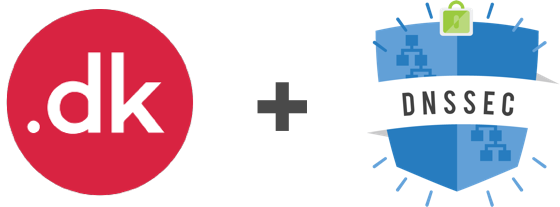Managing Your Time When You Have Too Many Things You Want To Do
A friend of mine asked me the following.
“How did you manage your time and schedule for 5 years with everything you wanted and needed to do?”
Here’s the context for that question. For about 5 years, I had a full-time job as a global network engineer for an e-learning company. Later, I transitioned to a similar role for a medical startup, again full-time. At the same time I was employed in those roles, I was blogging and podcasting as the Packet Pushers community grew.
As Packet Pushers ramped up, it turned into a second full-time job, a state I maintained until I was able to transition to working for myself exclusively.
Managing time and schedule.
Let’s get into the meat. How did I manage my schedule with ever so much to do?
First off, I had understanding employers that let me blog and podcast during traditional work hours, as long as it did not interfere with my regular work duties. I was always upfront about this. I never snuck off during the day to work on my side business. My boss always knew exactly what was up.
This translated roughly to flexible hours. There was also the understanding that I was always Continue reading

